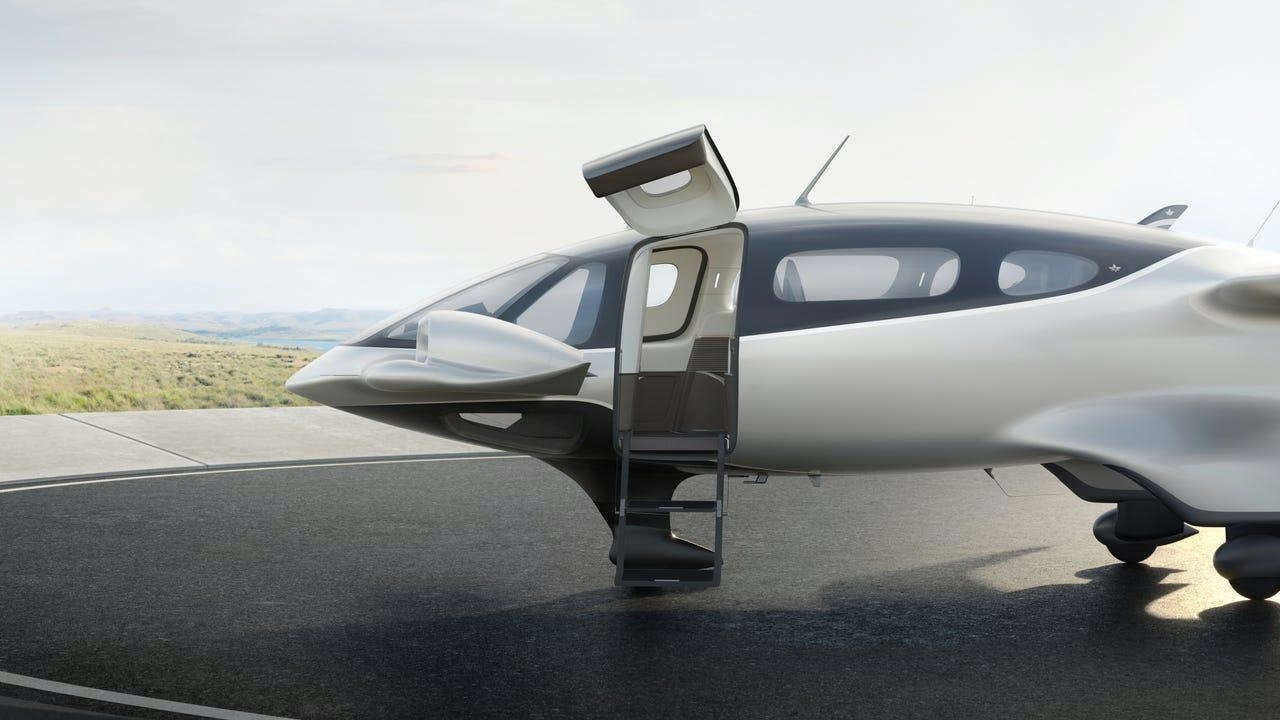
AeroGenie — ваш интеллектуальный второй пилот.
В тренде
Categories
Joby Aviation’s electric air taxi set to revolutionize urban mobility
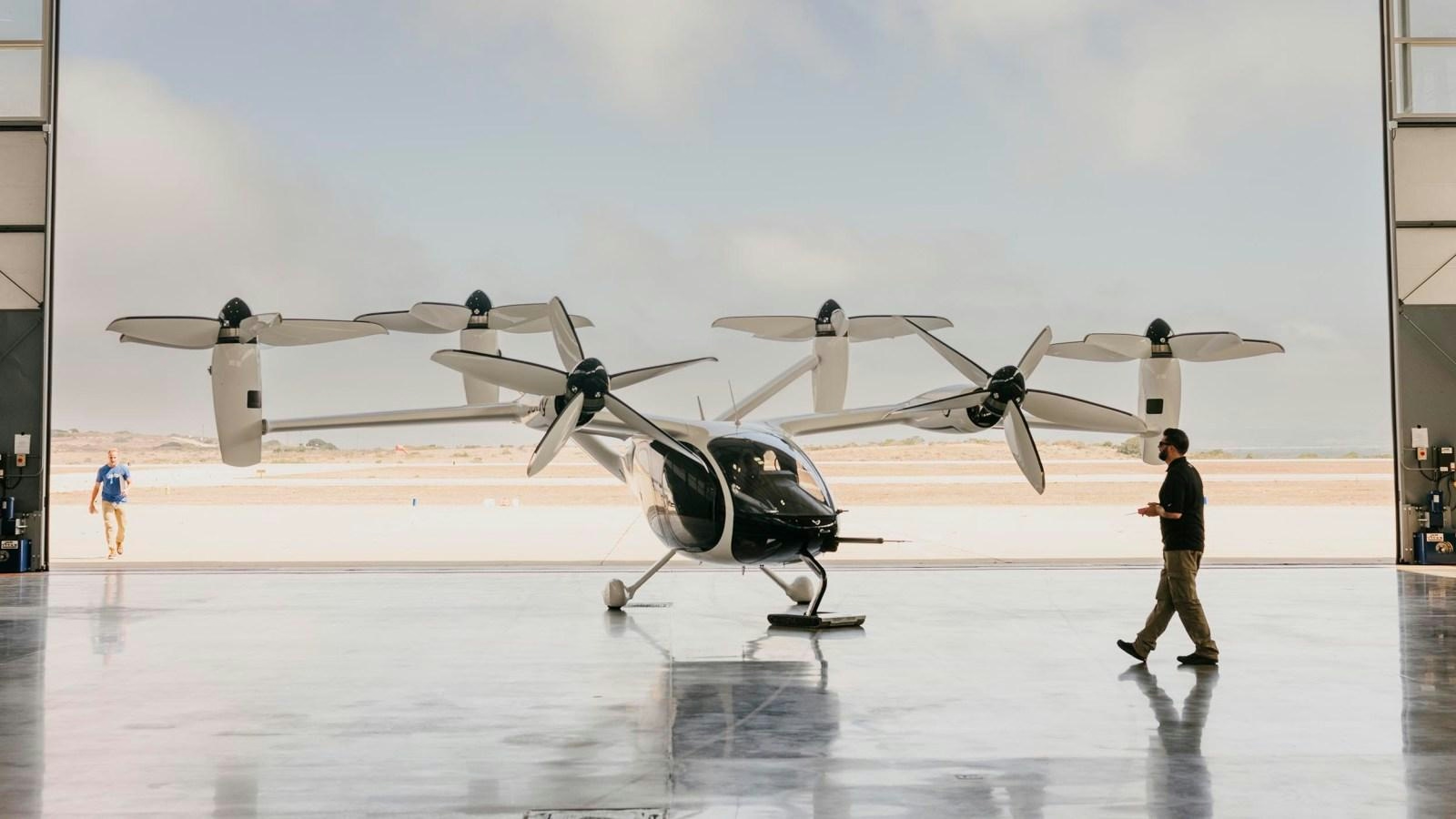
Joby Aviation’s Electric Air Taxi Set to Revolutionize Urban Mobility
Joby Aviation is on the cusp of transforming urban transportation with its innovative electric air taxi, offering city residents a quiet and efficient alternative to congested roadways. The company’s electric vertical takeoff and landing (eVTOL) aircraft merges the vertical lift capabilities of a helicopter with the cruising efficiency of an airplane, enabling passengers to travel at speeds up to 200 miles per hour and cover distances of up to 100 miles. This breakthrough technology has attracted significant attention as a glimpse into the future of urban commuting.
A Quiet Leap Above the City
A defining feature of Joby’s air taxi is its emphasis on noise reduction. The aircraft’s propellers are designed to tilt upward during takeoff and forward during flight, significantly minimizing sound emissions. Eric Allison, Joby’s Chief Product Officer, explains that when flying at approximately a thousand feet, the air taxi is virtually silent, producing negligible noise disturbance. This near-silent operation is intended to allow the aircraft to integrate smoothly into urban environments without contributing to the existing noise pollution that plagues many cities.
Transforming the Daily Commute
Los Angeles, notorious for its severe traffic congestion, is among the primary markets targeted by Joby. Although an official launch date has yet to be confirmed, speculation suggests the 2028 Olympic Games could serve as a strategic debut, coinciding with city efforts to reduce car usage during major events. Joby plans to establish “vertiports” accessible by foot, bicycle, or rideshare, enabling passengers to bypass freeway gridlock and potentially reduce travel times from Los Angeles International Airport (LAX) to downtown to mere minutes.
Allison underscores the transformative potential of air taxis, stating that they will fundamentally alter urban mobility by offering greater convenience and environmental benefits. The technology promises to reshape how people navigate cities, providing a faster and more sustainable mode of transportation.
Navigating Challenges and Competition
Despite its promising outlook, Joby faces considerable challenges. Regulatory approval processes, stringent safety standards, and technological constraints remain significant barriers to widespread adoption. Investor sentiment has been mixed; while some remain optimistic—encouraged by strategic partnerships such as Joby’s collaboration with Delta Air Lines—others approach the evolving regulatory environment with caution.
Competition in the eVTOL sector is intensifying, particularly from U.S.-based rivals like Archer Aviation, which is making notable progress in Europe’s Advanced Air Mobility market as European startups encounter difficulties. Joby’s recent flight test achievements in Dubai, along with its strategic plans to enter the Los Angeles and New York City markets, demonstrate the company’s commitment to overcoming these obstacles and securing a leading position in key urban centers.
Expanding the Limits of Electric Flight
Beyond urban commuting, Joby is investigating the use of advanced hydrogen fuel cells to extend the range of its aircraft. A recent demonstration featured a hydrogen-powered prototype completing a 523-mile flight, highlighting the potential for longer regional journeys. Hydrogen fuel offers approximately 100 times the energy density of current battery technology and can be produced sustainably using wind or solar power, aligning with global initiatives to decarbonize aviation. The U.S. Department of Energy’s commitment of $7 billion toward developing a national hydrogen infrastructure further supports this transition.
As Joby Aviation continues to advance its technology and navigate a competitive and rapidly evolving market, its electric air taxi stands at the forefront of a potential revolution in urban mobility, promising faster, quieter, and greener transportation options for cities worldwide.
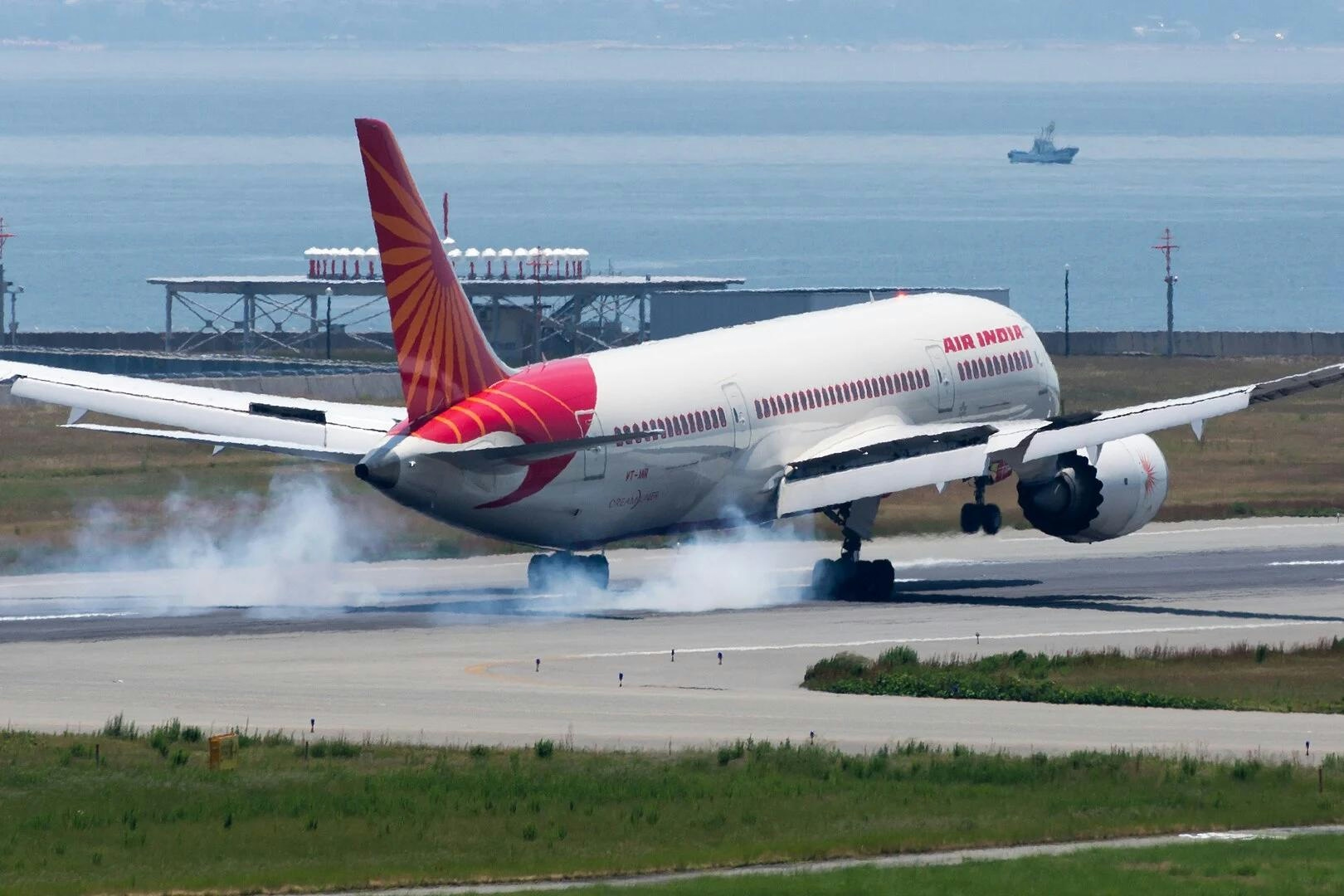
AI Flight from Milan to Delhi Canceled Friday Due to Dreamliner Technical Issue
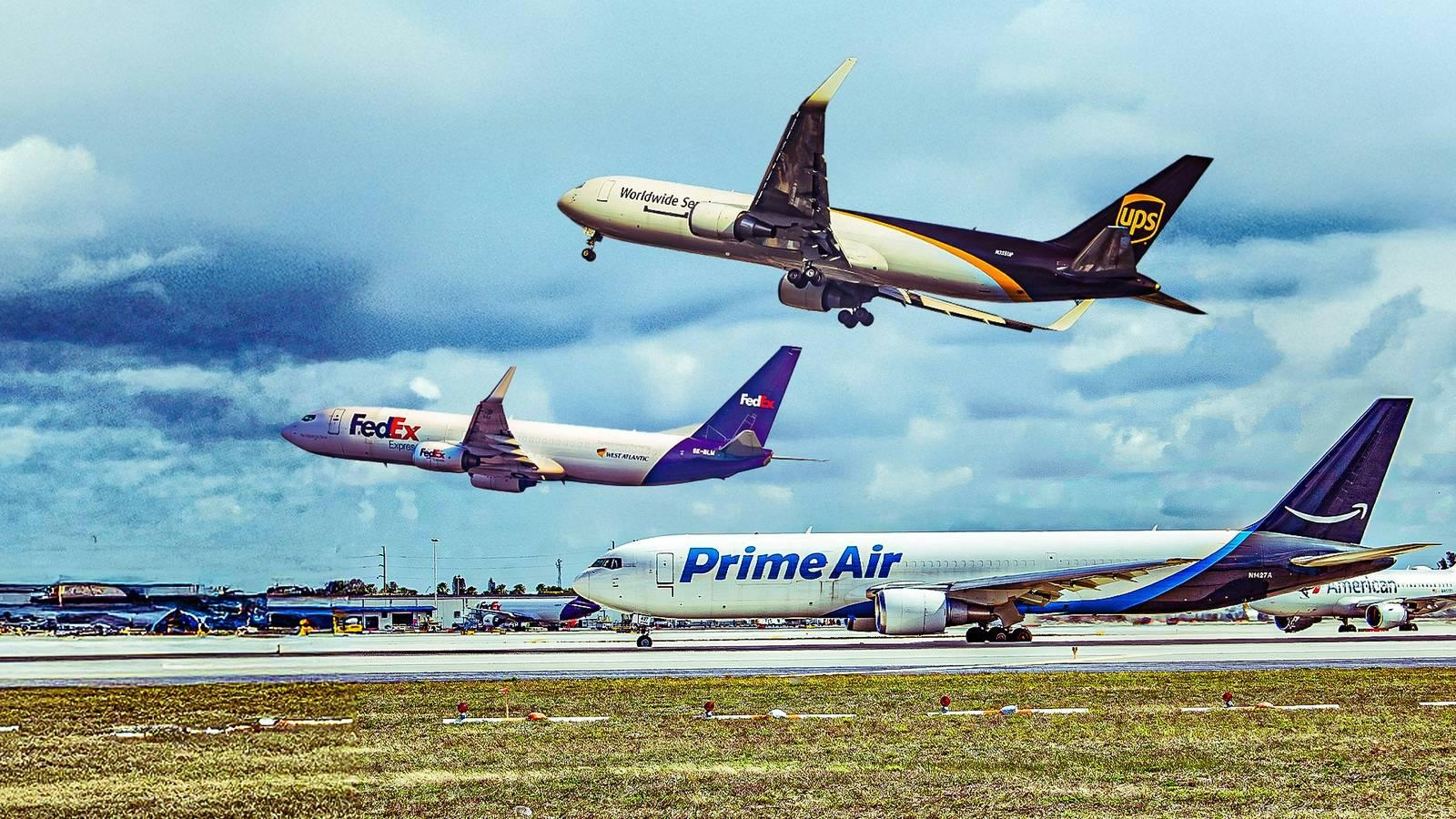
Longest Boeing 767 Flights Scheduled for October
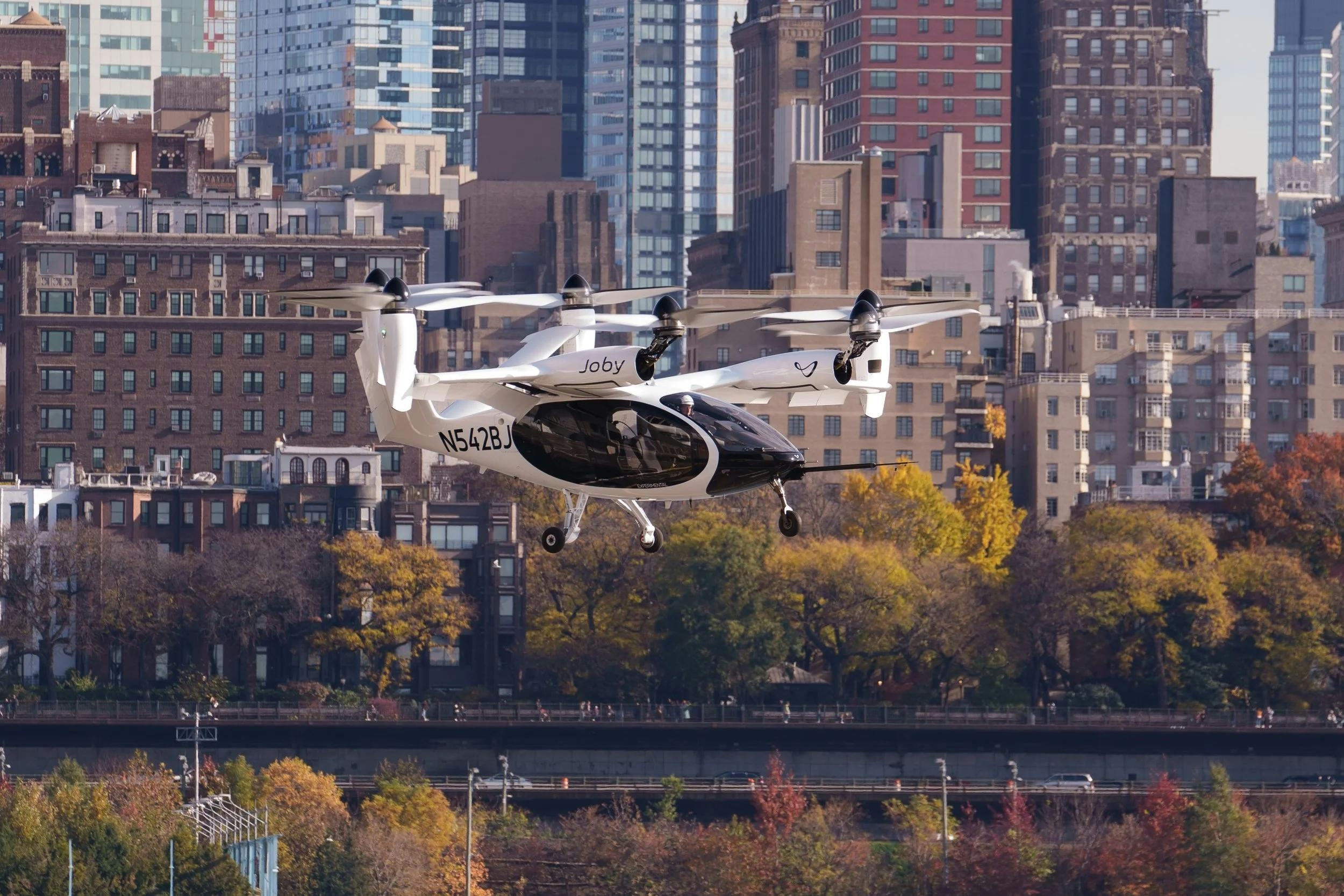
Former Uber Executive Joins Joby to Advance Flying Taxi Development
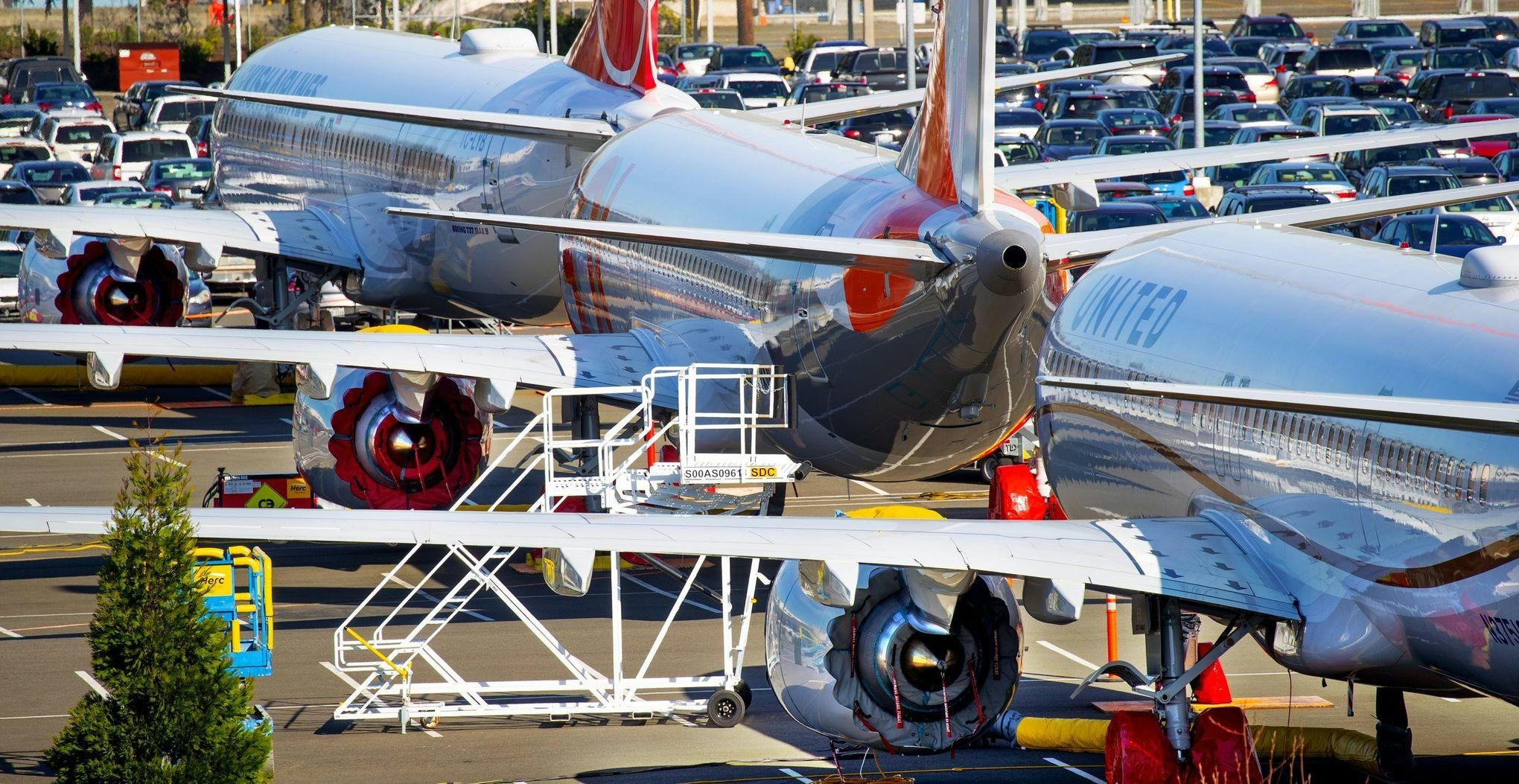
Boeing 737 Aircraft Grounded Amid Safety Concerns
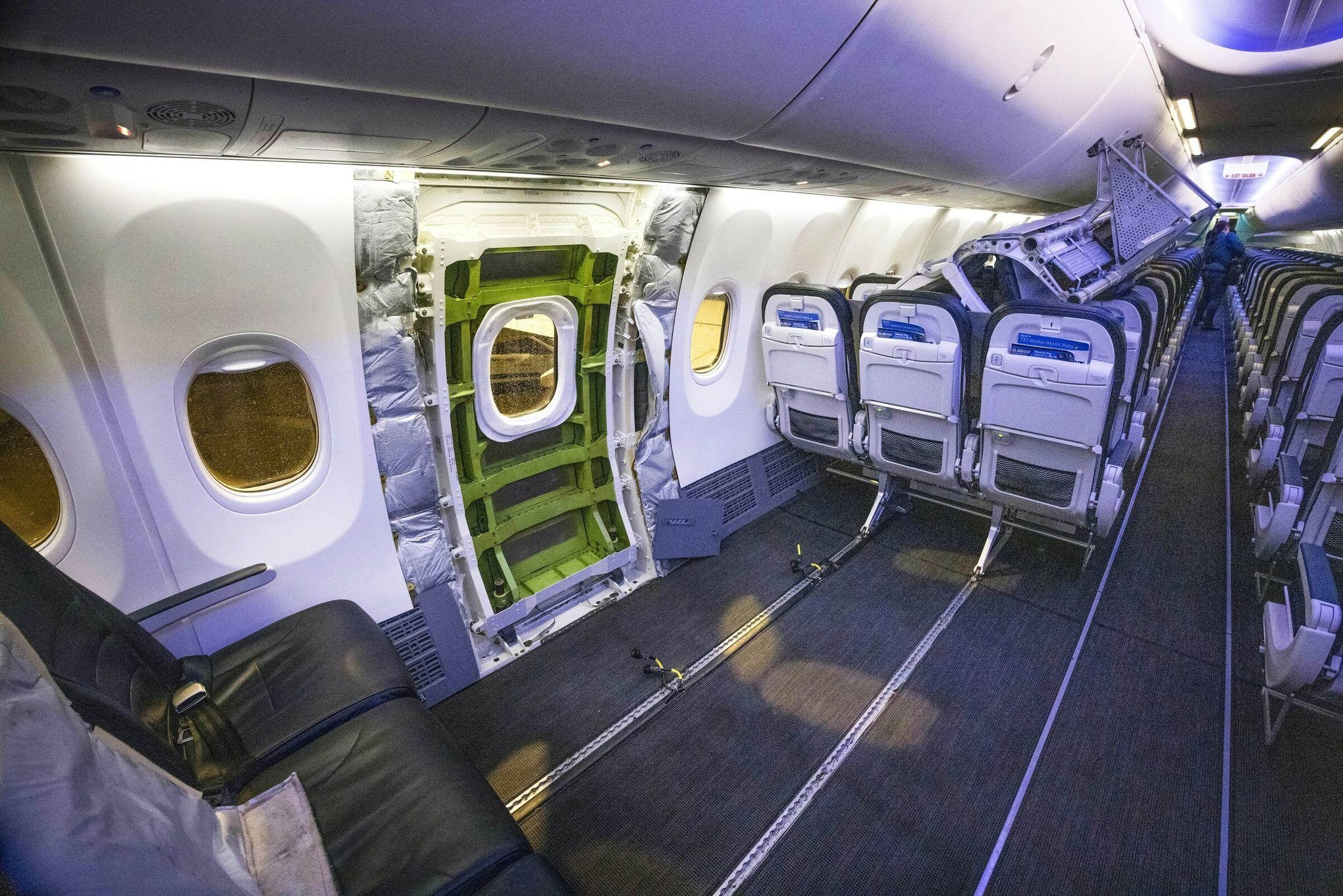
Aircraft Deliveries Drop 30 Percent, Raising Safety Concerns
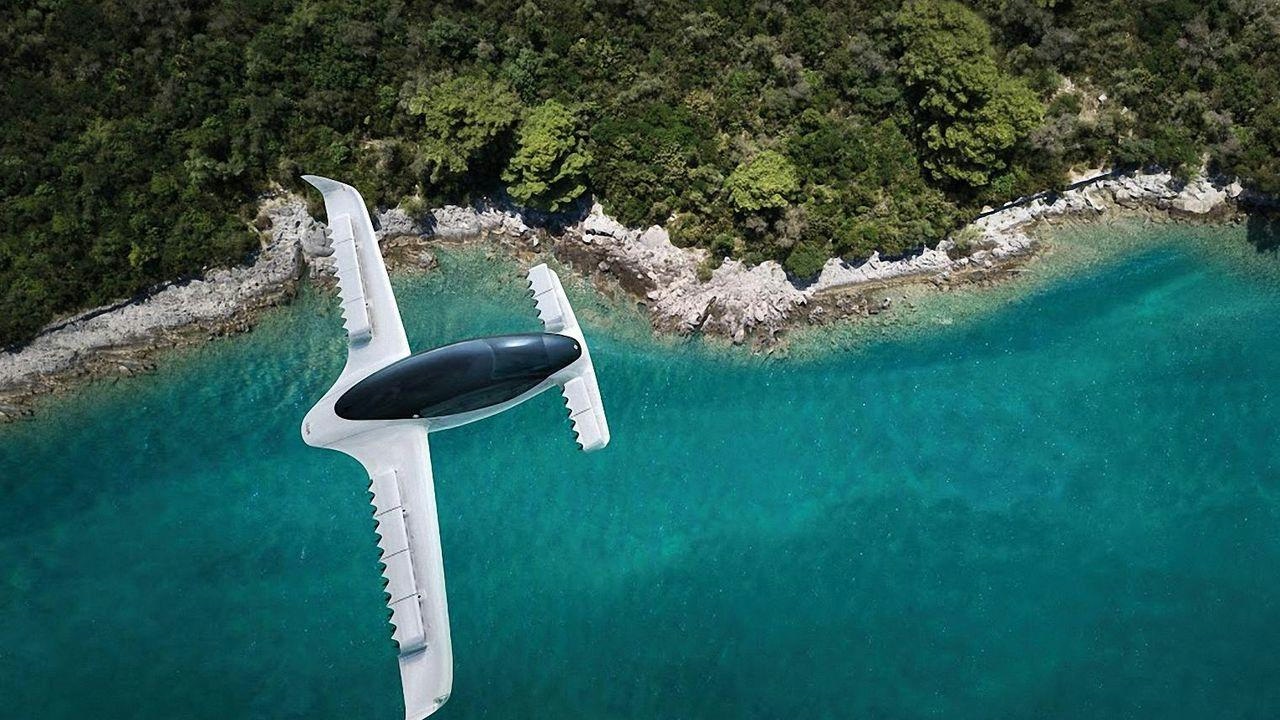
Florida Launches Air Taxi Testing Facility as Part of Transportation Plan
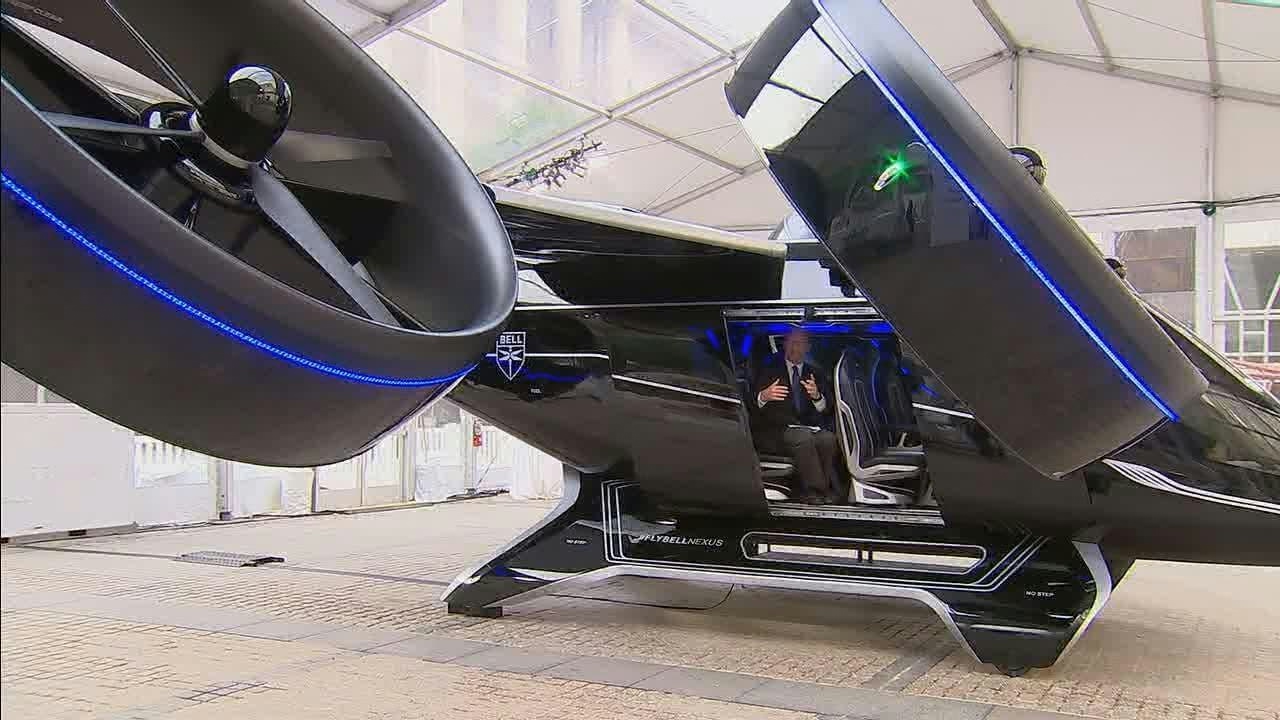
New I-4 Express Lanes and Air Taxi Testing Facility Announced
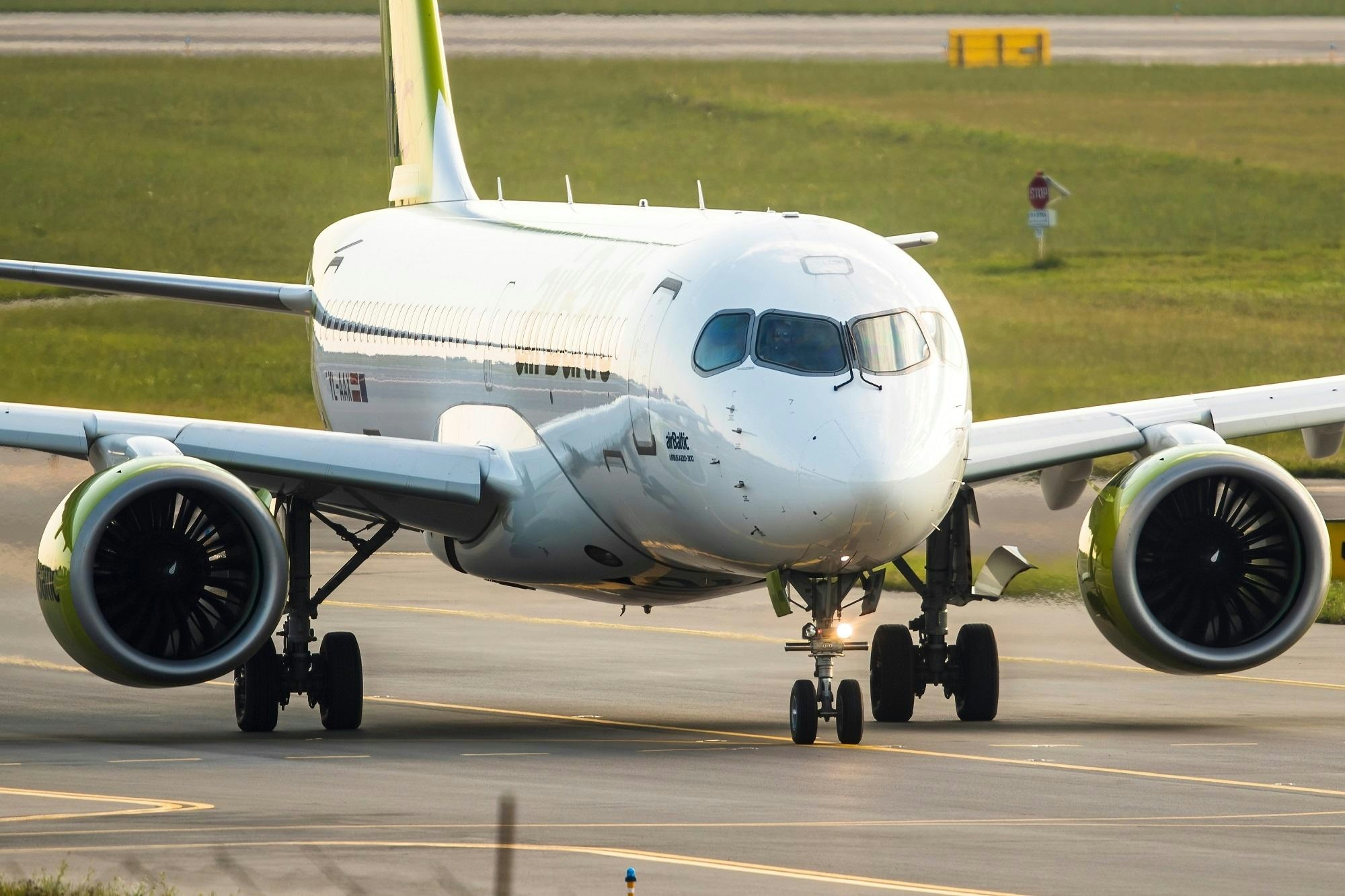
Air Serbia and airBaltic expand cooperation with Airbus A220 lease agreement
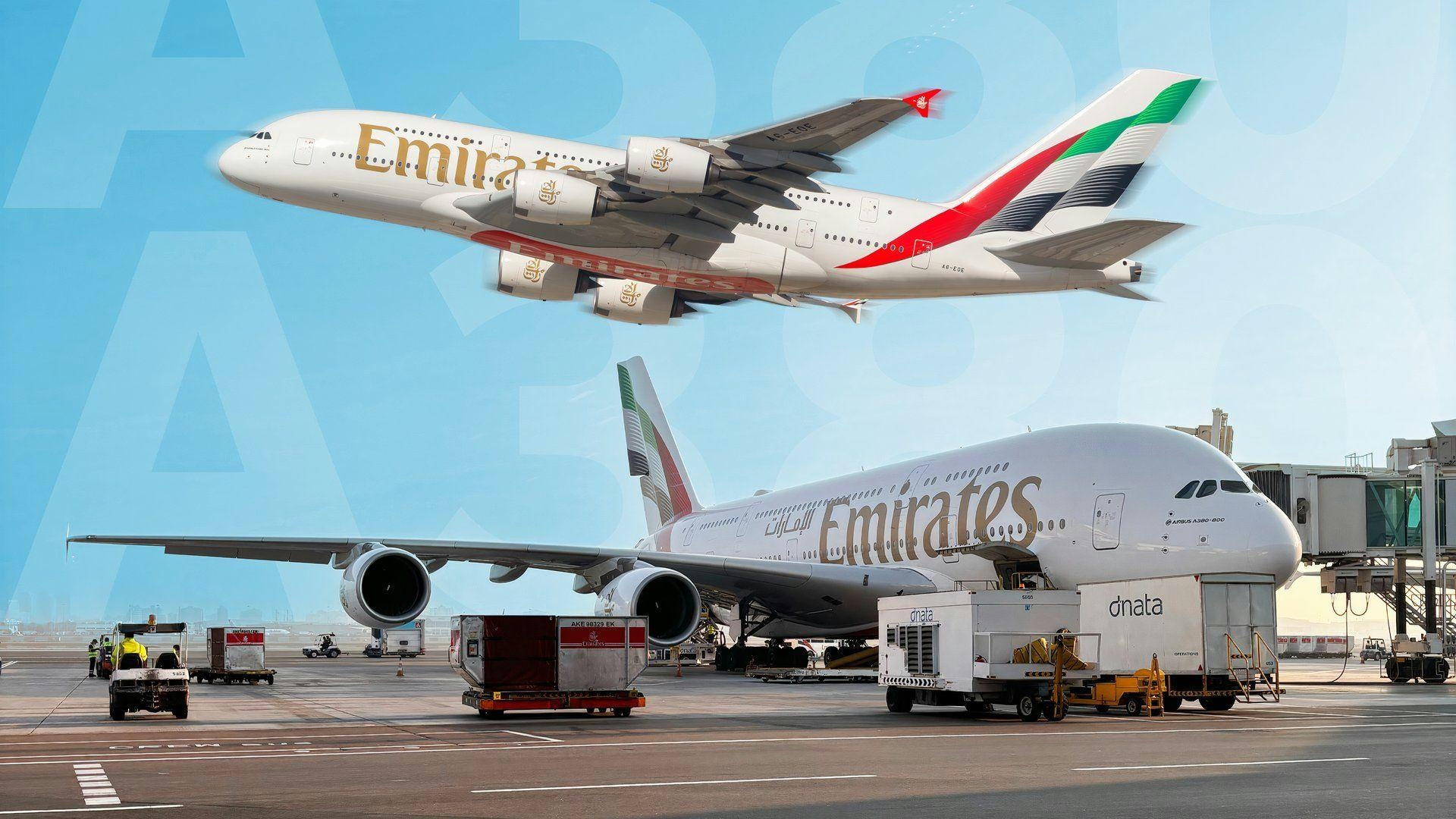
Emirates’ Top Airbus A380 Routes for 2025
